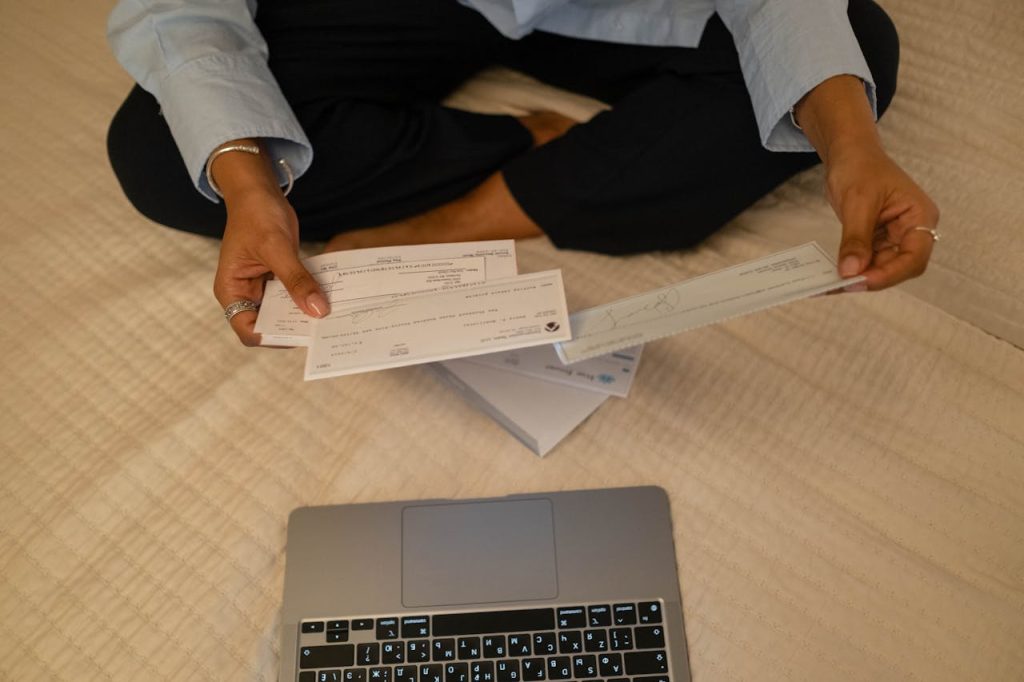
While NIL can provide you with a great number of income earning opportunities, not all payments are structured the same way. Whether you’re negotiating your first deal or looking to improve how you manage your earnings, understanding how and when you get paid is key. Here are the most common ways athletes receive compensation for their NIL deals—and what to watch out for when you’re new to the game.
Common Ways Athletes Get Paid Through NIL
1. One-time payments. Some deals pay athletes in a lump sum after completing their obligations, such as posting on social media, attending an event, or appearing in an advertisement. These payments are often made via check, direct deposit, or a third-party platform.
2. Milestone or performance-based payments. Certain NIL agreements structure payments based on milestones, such as reaching a specific number of social media views, generating sales with a promo code, or participating in a set number of appearances.
3. Recurring payments. Some athletes earn money through monthly or quarterly payments, particularly with long-term brand partnerships. For example, an athlete partnering with a supplement company might receive payments over a six-month contract.
4. Royalties or commission-based earnings. Athletes who license their name, image, or likeness to a product—such as a clothing line, video game, or sports card—might earn royalties based on sales. This means that each time someone purchases the product, the athlete gets a percentage of the revenue. Similarly, athletes who promote a brand’s product with a discount code may receive a commission from every sale made using their code.
5. In-kind compensation (non-cash benefits). Not all NIL compensation comes in the form of money. Athletes often receive free gear, meals, hotel stays, training services, or even cars as part of their deals. While these perks can be valuable, it’s important to understand the tax implications, as some in-kind gifts may be considered taxable income.
Types of NIL Payments Athletes Should Avoid
1. ‘Become an Influencer’ scams. If a company asks you to pay to become an ambassador or buy products upfront to earn commissions, it’s likely a scam. Legitimate NIL deals should never require athletes to spend their own money to participate. You should be getting paid, not them!
2. Unclear or unpaid agreements. Some brands may promise exposure instead of financial compensation. While building a brand is important, ensure you’re getting tangible benefits for your work. Always get agreements in writing and review payment terms before committing.
3. Multi-year contracts with no flexibility. Long-term contracts can limit your ability to work with other brands or take advantage of better opportunities. Before signing a multi-year deal, make sure you have an exit clause or renegotiation terms.
4. Tax surprises. Even if you don’t get paid in cash (rather you receive non-cash benefits), you may still owe taxes on them. Consult with a tax professional to understand how your NIL income (both cash and in-kind) affects your financial situation.
NIL deals can provide great financial opportunities for athletes, but understanding how payments work—and what to avoid—can help maximize earnings while avoiding pitfalls. Before agreeing to any deal, review contracts carefully, seek professional advice when needed, and ensure you’re fairly compensated for your time and influence.